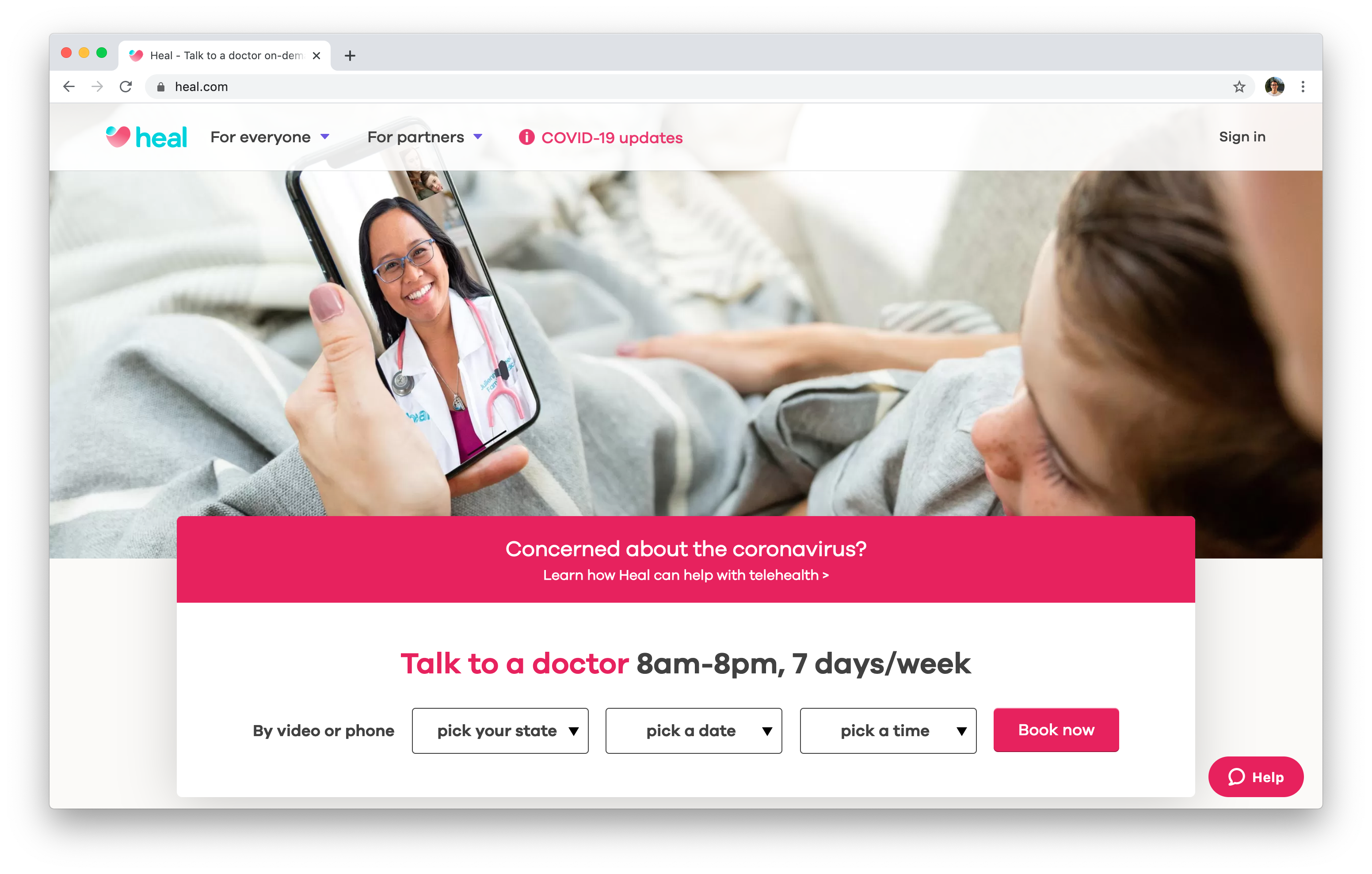How Subscription Based Healthcare is Changing Patient Accessibility to Services
How Subscription Based Healthcare is Changing Patient Accessibility to Services
Blog Article
Comprehending the Cost-Effectiveness of Subscription-Based Health Care Versions
As the healthcare landscape develops, subscription-based versions become an engaging choice, guaranteeing to redefine how people handle medical expenses. Assessing these designs' cost-effectiveness demands a nuanced comparison with standard insurance, thinking about both monetary effects and individual contentment. While they use transparency and predictability in expenses, questions continue to be concerning their capability to satisfy varied medical care needs, especially for specialized treatments. The viewpoints of healthcare providers additionally complicate this formula, presenting a multifaceted challenge. What does the future hold for these models, and can they absolutely supply on their assurance of easily accessible, budget friendly care?
Overview of Subscription-Based Models
Subscription-based health care designs, sometimes referred to as direct key care or concierge medication, are significantly acquiring focus as a prospective solution to inefficiencies within traditional health care systems. These designs operate the concept of offering people direct accessibility to medical care carriers through a month-to-month or annual cost, bypassing the demand for traditional insurance coverage mechanisms. This setup intends to enhance patient-provider interactions by minimizing administrative burdens, which typically impede timely and individualized treatment.
At the core of subscription-based versions is the emphasis on an extra tailored client experience. Individuals profit from enhanced access to their doctors, often consisting of next-day or same-day visits, expanded consultation times, and direct communication networks such as phone or video clip calls. This design promotes a positive technique to medical care, where patients and companies can collaboratively concentrate on preventative treatment and chronic condition management.

Price Contrast With Typical Insurance

One of the main financial advantages of registration versions is openness in prices. Conversely, traditional insurance policy may be more helpful for individuals calling for specialized treatment or costly treatments not covered under a subscription design, as they benefit from the wider insurance coverage network and cost-sharing systems.
However, cost-effectiveness is context-dependent. While registration versions could offer savings for those largely needing health care, individuals with persistent conditions or specialized medical care demands might locate traditional insurance policy much more thorough. Evaluating certain healthcare requirements and prospective use is critical in identifying the most cost-effective choice for individuals.
Effect On Client Satisfaction
Individual complete satisfaction within subscription-based healthcare designs often shows a considerable enhancement over standard insurance systems. Unlike traditional systems, where patients could experience hold-ups in obtaining treatment, subscription-based models ensure more straight and prompt interactions with medical care service providers.
Furthermore, the openness in prices related to subscription-based health care alleviates the typical disappointments associated to unexpected fees and intricate payment processes seen in typical insurance policy (subscription based healthcare). Clients appreciate knowing the specific monetary commitment upfront, causing increased count on and self-confidence in their medical care monitoring
Additionally, the focus site link on precautionary treatment and wellness in registration models adds to enhanced health and wellness results, further enhancing person contentment. By concentrating on ongoing wellness upkeep rather than episodic care, patients experience an even more continual and all natural health care trip.
Additionally, the boosted provider-patient connection fostered in these versions, identified by even more time spent per individual and individualized attention, plays a vital duty in elevating client contentment degrees, as clients feel really looked after and understood.
Company Viewpoints and Experiences
From the provider's perspective, subscription-based health care designs use a transformative approach to delivering medical services. These models emphasize a preventative and positive health care method, permitting carriers to concentrate on comprehensive patient care without the constraints of traditional fee-for-service arrangements (subscription based healthcare). This change in emphasis usually causes boosted person end results and raised carrier contentment, as medical care experts can designate more time and resources to patient involvement and individualized treatment plans
Moreover, subscription versions assist in predictable income streams, which enhance economic stability for doctor. This predictability enables enhanced source planning and allotment, adding to a more efficient medical care delivery system. Suppliers can purchase personnel infrastructure, training, and technology improvements, thus boosting the quality of treatment supplied.
However, the change to subscription-based versions is not without difficulties. Suppliers have to adjust to new operational frameworks, which can entail considerable modifications in payment practices and patient management systems. Additionally, there is an integral requirement for robust information monitoring to track patient end results and guarantee top quality care. Despite these obstacles, several service providers locate that the benefits of enhanced client interaction and structured procedures surpass the initial obstacles, making subscription-based versions an eye-catching option.
Future Leads and Obstacles

A key obstacle is regulatory conformity, as membership designs must comply with developing medical care policies and insurance coverage requirements. This requires continuous adaptation and technology to guarantee alignment with legal standards. In addition, integrating these models check here into existing healthcare infrastructures can be complex, needing substantial financial investments in technology and training.
There is likewise the prospective threat of creating inequities in healthcare accessibility, as subscription models may favor those who can manage them, leaving at risk populations underserved. Addressing this needs thoughtful consideration of rates techniques and subsidy systems to guarantee inclusivity.
Conclusion
Subscription-based medical care versions present a practical choice to traditional insurance coverage by using monetary predictability and transparency, specifically profiting individuals with chronic conditions or regular healthcare needs. The cost-effectiveness of these models rests upon specific healthcare use patterns and circumstances. While they might improve client complete satisfaction and enhance budgeting, difficulties stay in addressing specialized care demands. Future considerations include stabilizing detailed coverage with price and incorporating these designs within the more comprehensive healthcare system for ideal end results.
Subscription-based health care designs, occasionally referred to as direct main care or attendant medication, are progressively gaining interest as a prospective remedy to ineffectiveness within conventional medical care systems. Unlike typical systems, where patients might experience hold-ups in getting treatment, this subscription-based versions make certain more timely and straight communications with healthcare service providers.
These designs stress a preventative and positive health care approach, permitting suppliers to focus on thorough client care without the constraints of standard fee-for-service plans. As these models continue to gain traction, they use the potential to transform patient access to care, improve solution shipment, and maximize health care spending.Subscription-based healthcare models provide a feasible option to traditional insurance by using monetary predictability and openness, especially profiting people with persistent conditions or constant healthcare demands.
Report this page